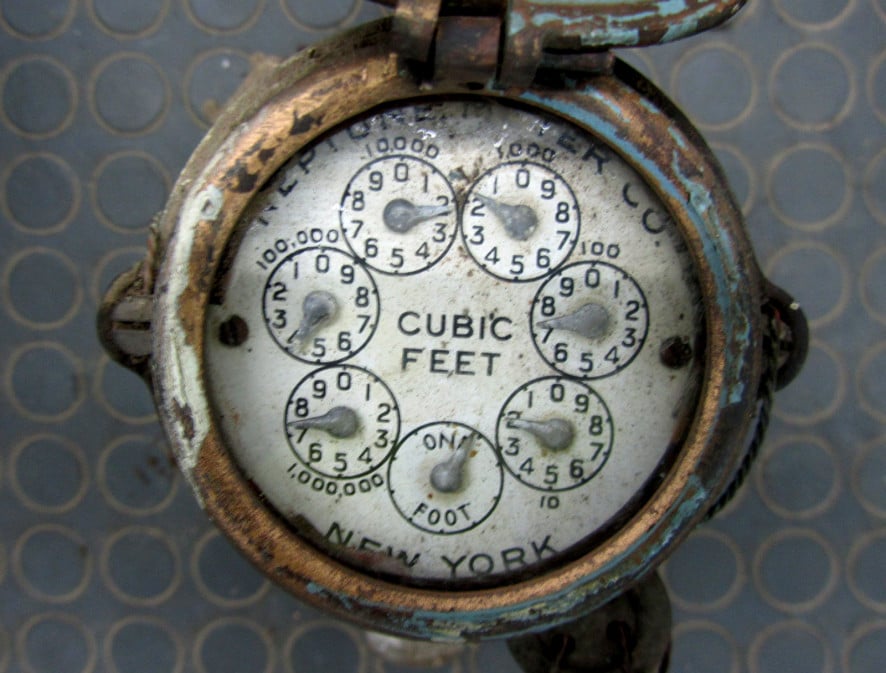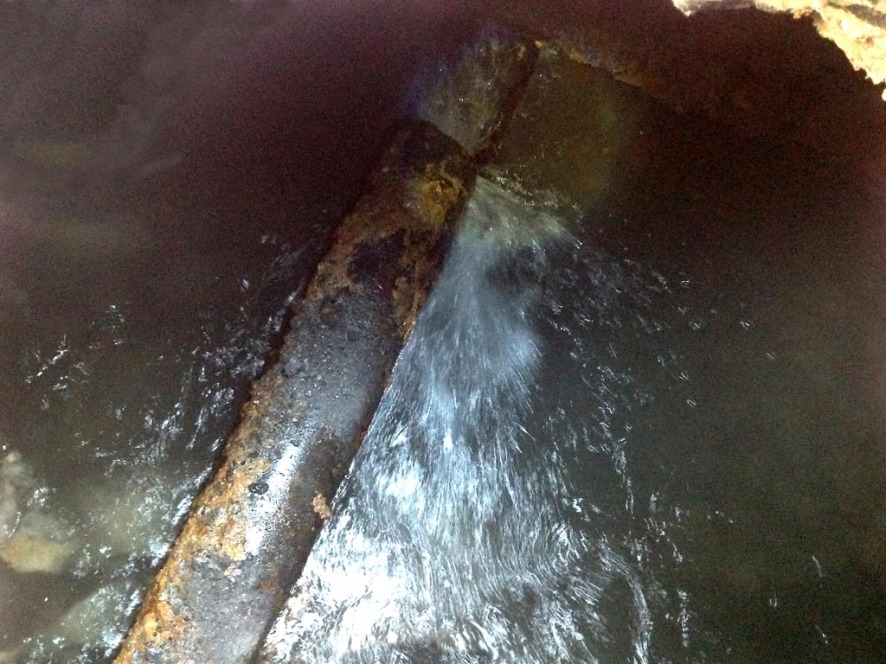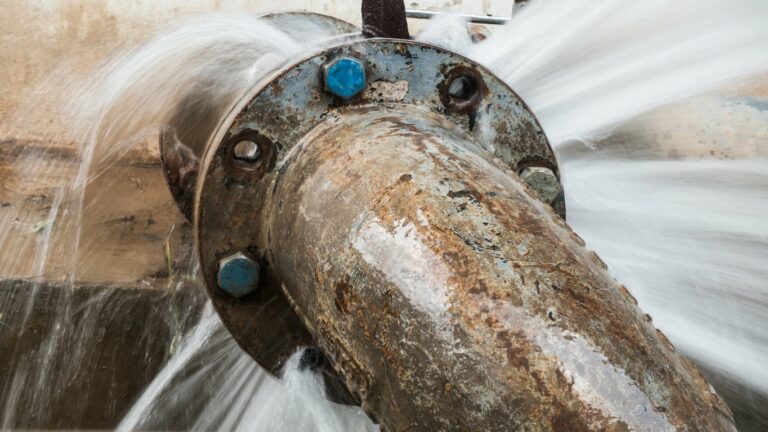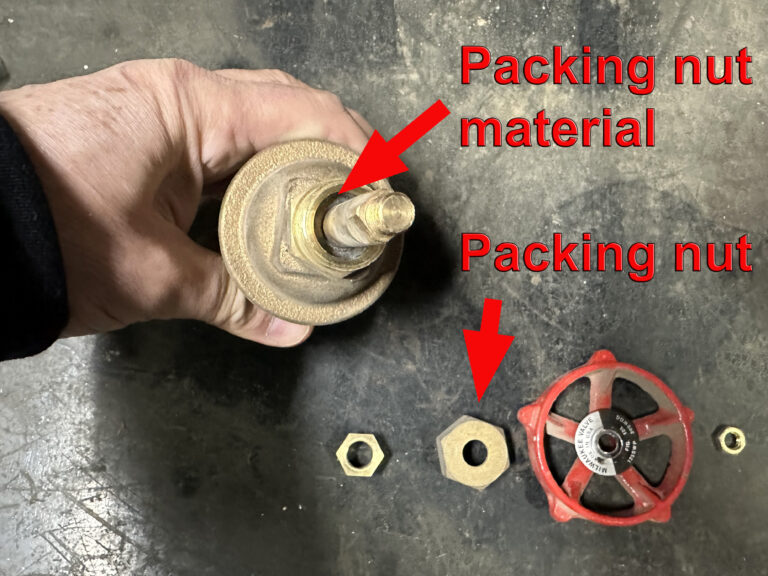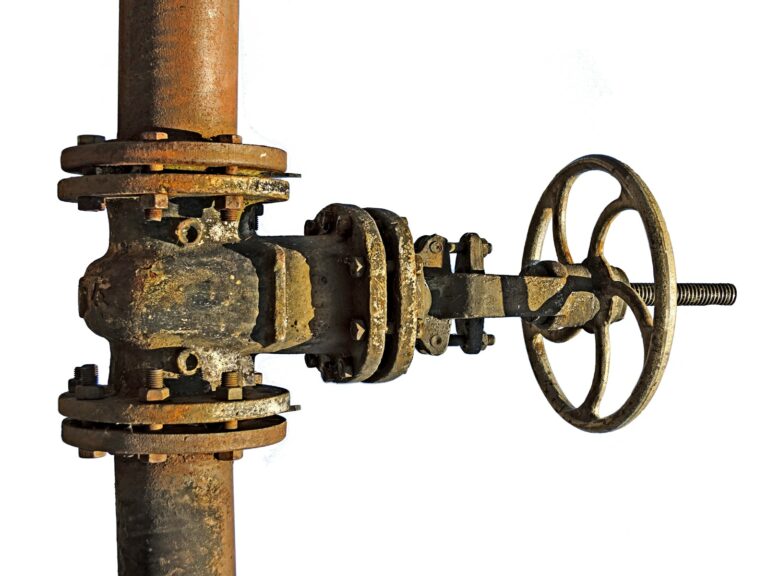Learning how to read a water meter is a fairly simple task. A water meter typically consists of various easy to read dials. But first let’s get an idea of the actual cost of drinking water in NYC. And let’s also look at the the effect that even a small leak can can have on your water bill.
How water rates have risen over the years in NYC
Water and sewer usage rates have risen dramatically over the years. In the not so recent past water was a cheap commodity in NYC. That is not the case now. This may be an eye opener, but what follows if a brief history of New York City’s combined water and sewer use rates.
1980 $.66 1984 $.93 1994 $2.62 2004 $3.94 2014 $9.27 2015 $9.58
In simple terms it means that the water and sewer usage rates in NYC have increased by over 1,400% in the 35 years since since 1980. But NYC’s water rates still only rank 46th nationally. That means that water usage should be carefully monitored as the valuable commodity that it is, not as an open spigot that is easily replenished and inexpensive.
How does a water leak affect usage and your water bill?
Even a slight leak can drastically affect your water usage, and the corresponding bill. As an example a leaking faucet that only drips a drip a second will waste up to three thousand gallons of water a year. Obviously a running toilet will waste more water than that.
Running toilets and leaky faucets are easily correctable water leaks, and can save ten percent or more of a typical properties water bill. To learn more about leak testing visit our “How To Test For A Water Line Leak Or Water Main Break – A Helpful Guide”. When computing the cost of your water usage it is important to remember it is coupled with the sewer rate, which is much higher.
In 2014 the water rate in NYC was $3.58 per cubic foot (748 gallons), but the sewer rate per cubic foot (748 gallons) was $5.69. That made for a total of $9.27 per cubic foot (748 gallons). The rate for 2015 is rising to a combined $9.58. That means a drip on a faucet costs you about $40.00 a year.
There are various theories on how much water a running toilet will waste in a month. A conservative number would be around 7,000 gallons of wasted water a month, or 84,000 gallons a year. If not corrected, a leaking toilet can easily add over $1,000.00 to your annual water bill.
Repairing a leaky faucet or a running toilet can cost less than the cost of wasted water for a couple of months. A running toilet can easily add over $1,000.00 a year to your water bill – much more than the cost of completely replacing your toilet.
How to read a water meter
There are different styles of water meters that have different types of dials, and even the number of dials. There is one dial, referred to as a leak dial, that registers if any water is currently being used. This dial is important in determining if water is leaking inside a building. In NYC water bills are based upon cubic feet of usage.
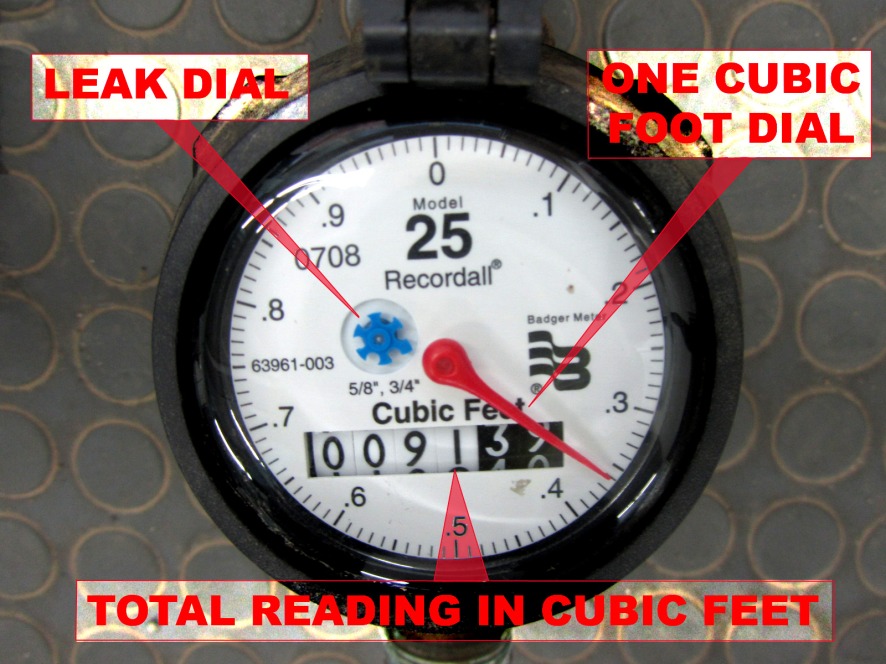
New water meters are quite simple to read. They typically have three dials or indicators:
- A leak dial, which indicates if any water is running inside the property.
- A one cubic foot dial, which measures in increments up to one cubic foot.
- A cubic foot meter, which indicates the total historical water usage for the property.
An older water meter is harder to read in that it may have multiple dials. These dials each read in different increments of cubic feet, the largest registering 1,000,000 cubic feet. To understand your total water usage, you have add the totals in each dial. In the meter shown lower in this post all seven dials must be added in order to know how many cubic feet of water have been used historically, or for a certain period of time. Older water meters do not have one register that shows the complete total of use.
How to test a water meter for accuracy
There is a most simple way for a homeowner to check if their water meter is reading properly. No tools are required, just a five gallon pail. Since meters register in cubic feet, if a cubic foot pail can be found that would be even better.
- The first step is to shut the water valve on the house side of the water meter.
- Then locate the test tee, or a test spigot. Every legally installed meter has a test tee. It should be located directly after the meter, but before the house side valve.
- Write down your present meter reading.
- Open the test tee (spigot) and fill the five gallon pail to the marking clearly indicating five gallons on the pail.
- Then fill the pail again to exactly 1/2 full.
- Then read the meter again, and make sure it registers only one cubic foot.**
**NOTE: Water meters are read in cubic feet. A cubic foot equals 7.48 gallons. So a one cubic foot reading will fill a five gallon pail incrementally less than one and a half times.
Always remember that the NYC DEP is available to answer questions, and provides free site visits to ensure a meter is reading properly. In many cases in the past a property owner may have underpaid based upon an estimated bill, only to get a very large water bill when the actual reading was taken.
How new meters differ from pre-existing water meters
Mechanically water meters have changed little over the years. They are still predominantly mechanical devices that register as water flows through them. What has changed dramatically is how a water meter is read. Not so long ago a meter could only be read by physically entering the inside of a property.
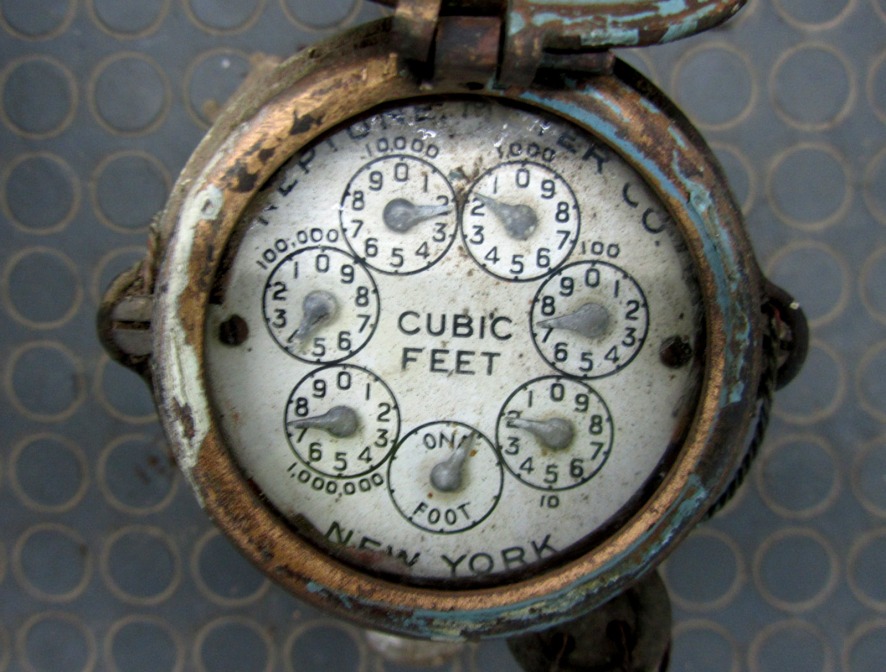
The first major change was the advent of outside meter reading boxes. This made reading a water meter much less time intensive, and obtaining the actual reading easily accessible. The next major change was the ability to remotely read a meter. Not only can meters now to read accurately off-premises, but water usage can even be monitored by the time of day or night. This makes it much easier to determine if any sort of leak exists.
A common question: Do you pay for a leak outside your property?
Many people with outside water leaks frequently worry that they will be billed for the leaking water. A water bill is strictly based upon the amount of water that passes through the meter. Therefore, unless you are own one of the very few properties in NYC that have a sidewalk meter, you will never incur a bill for water leaking from your water service line. This should not be confused with a water leaks from an underground lawn sprinkler or irrigation line.
A leaking underground lawn sprinkler or irrigation line is amongst the most costly, if not the most costly, in terms of increasing a water bill dramatically. This is another repair, if needed, that will cost less than the water being wasted.
In closing: Reading a water meter and the cost of water
How to read a water meter is a question asked more frequently than ever. In most cases it is not because a meter is defective. It is because most individuals do not realize how dramatically the cost of water has risen in NYC and other areas of the country for a variety of factors.
The most important fact to take from this article is that repairing a leak will almost invariably cost less than the bill for the wasted water.

